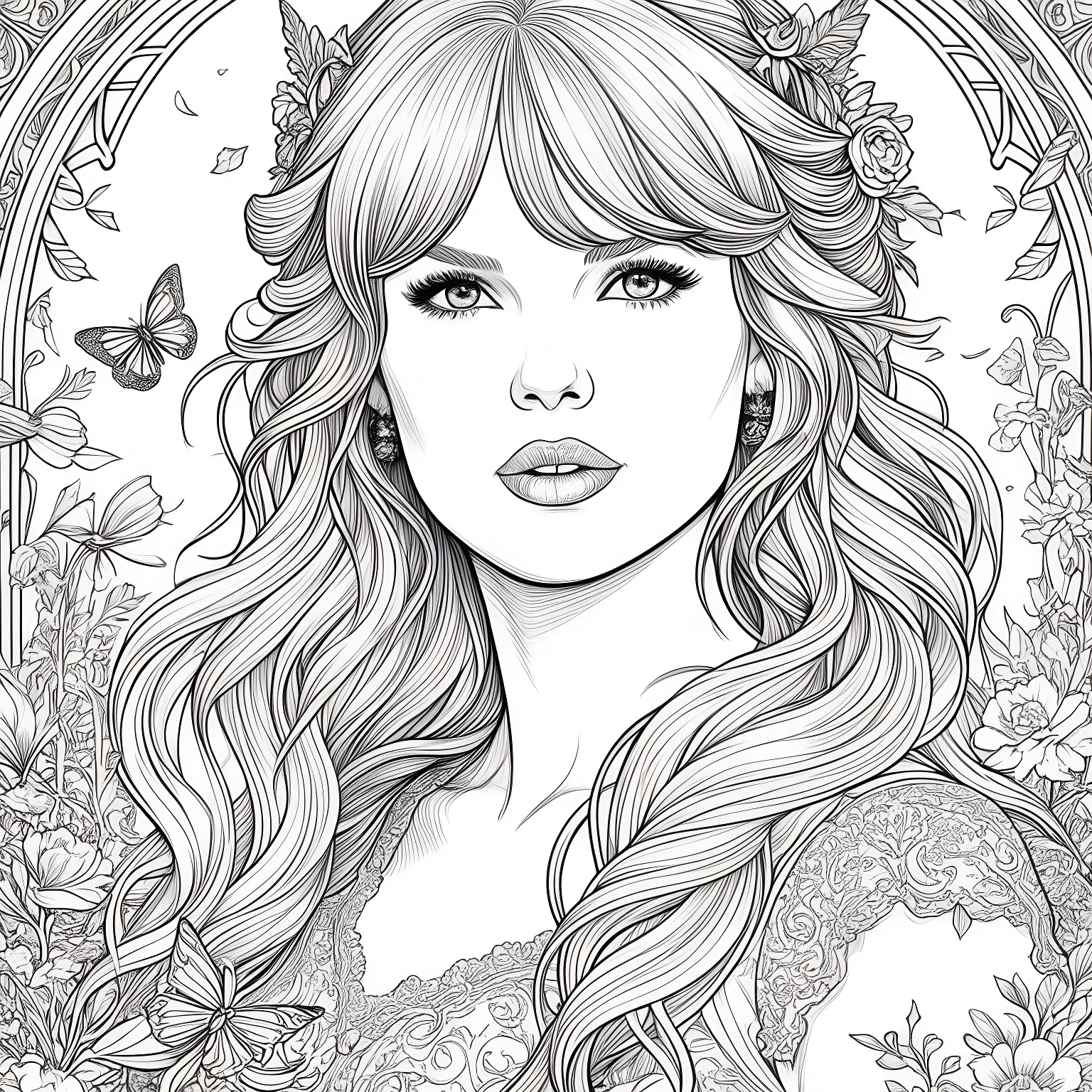
Coloring pages are an excellent way for children to explore their imagination and creativity while building motor skills and concentration. But when it comes to representing diverse backgrounds, especially for young Black girls, finding images that reflect their identity and culture can be challenging. That’s why little Black girl coloring pages are a fantastic resource, celebrating diversity and allowing children to see themselves in the art they create.
Why Little Black Girl Coloring Pages Matter
Representation matters, especially in a child’s formative years. Little Black girl coloring pages give young Black girls images they can relate to, which boosts their self-esteem and reinforces their sense of identity. When children see characters who look like them in coloring books, they feel acknowledged and valued, which can inspire a greater love for creativity and art. These coloring pages can depict little Black girls engaging in various activities, from playing with friends to exploring nature or imagining themselves as princesses, doctors, or astronauts.
Benefits of Coloring Pages for Children
Coloring has been shown to improve focus, patience, and fine motor skills. It allows children to experiment with colors and bring characters to life. Little Black girl coloring pages allow young Black girls to experience these benefits while connecting with images that resonate with their personal experiences and backgrounds. These pages can also be a tool for parents, teachers, and caregivers to discuss topics like confidence, culture, and the importance of diversity.
Choosing the Right Little Black Girl Coloring Pages
When selecting little Black girl coloring pages, look for designs that are not only inclusive but also diverse in themes. Some options include:
- Everyday Adventures: Pages that show little Black girls in everyday scenes, like playing in the park, reading a book, or spending time with family, allow children to color moments that feel familiar and comforting.
- Imaginative Play: For young children, coloring pages that encourage imaginative play are exciting. Look for images of little Black girls dressed up as doctors, superheroes, or artists.
- Historical Figures and Role Models: Coloring pages featuring inspirational Black women from history, science, literature, and other fields can be both educational and empowering. These coloring pages provide a chance for young girls to learn about women who have made a difference while bringing those images to life.
- Natural Hairstyles and Cultural Attire: Representation includes celebrating the beauty of natural hair textures and traditional cultural attire. Coloring pages that feature Black hairstyles—like braids, Afros, and twists—show young Black girls the beauty in diversity.
Where to Find Little Black Girl Coloring Pages
There are a variety of places online where you can find free or affordable little Black girl coloring pages. Websites that specialize in diversity in children’s resources often have selections tailored to Black culture and representation. Additionally, Etsy and other online marketplaces may have artists who create unique, hand-drawn coloring pages that celebrate little Black girls’ uniqueness.
You can also find downloadable collections of little Black girl coloring pages on educational sites that provide multicultural resources. Some educational publishers now offer printable coloring books that include diverse characters, representing children from different backgrounds and celebrating all forms of beauty.
DIY Coloring Pages: A Personal Touch
For a more personalized experience, parents or teachers can create DIY coloring pages by using photos or line art programs. This can be a fun family project where children get to see themselves and their friends turned into coloring page characters. It’s a meaningful activity that lets kids create their own little Black girl coloring pages.
Encouraging Diversity Through Art
Coloring pages featuring diverse characters like little Black girls encourage an appreciation for inclusivity and teach children about different cultures and traditions. This type of art allows children to ask questions, share their perspectives, and develop empathy for others. As they color, they’re learning that the world is made up of many different kinds of people, and that diversity should be celebrated.